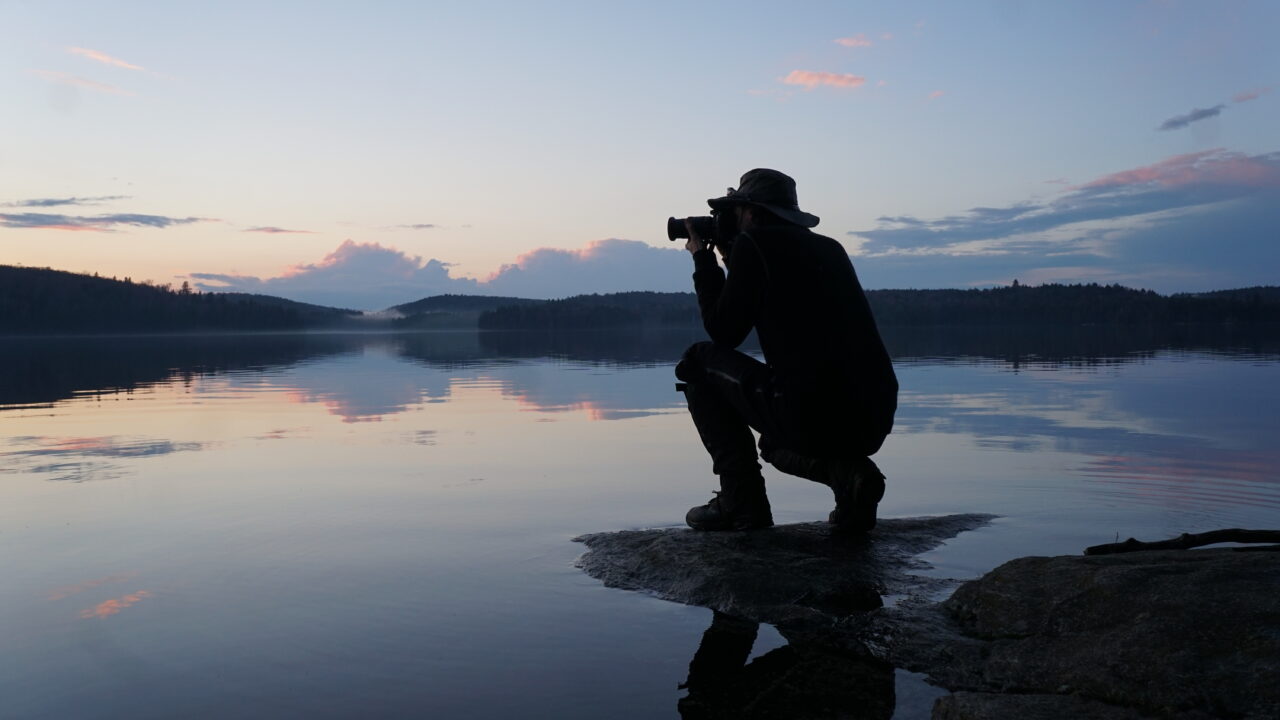
Kawartha Highlands Provincial Park has an incredible selection of paddle routes available for the beginner – or just someone who just doesn’t like portages. Here are my top 5 I seem to paddle more than any other options available in the park:
1. Crab Lake and Blueberry Mountain
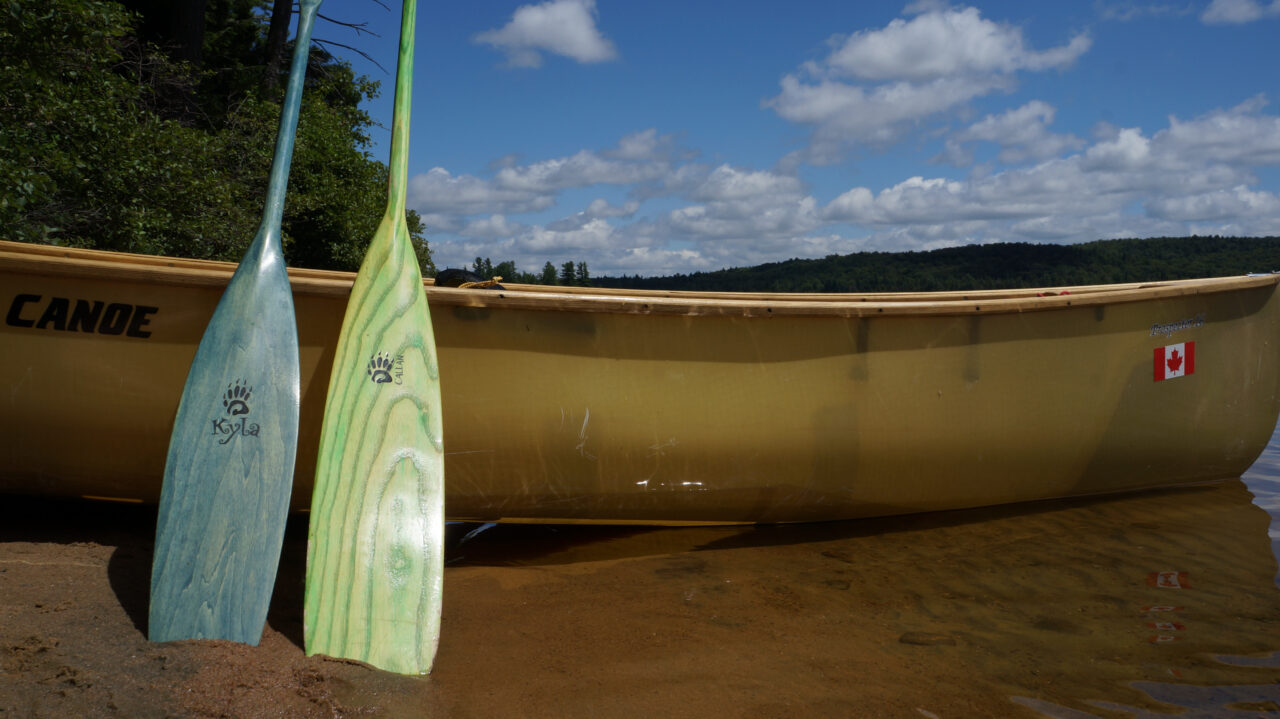
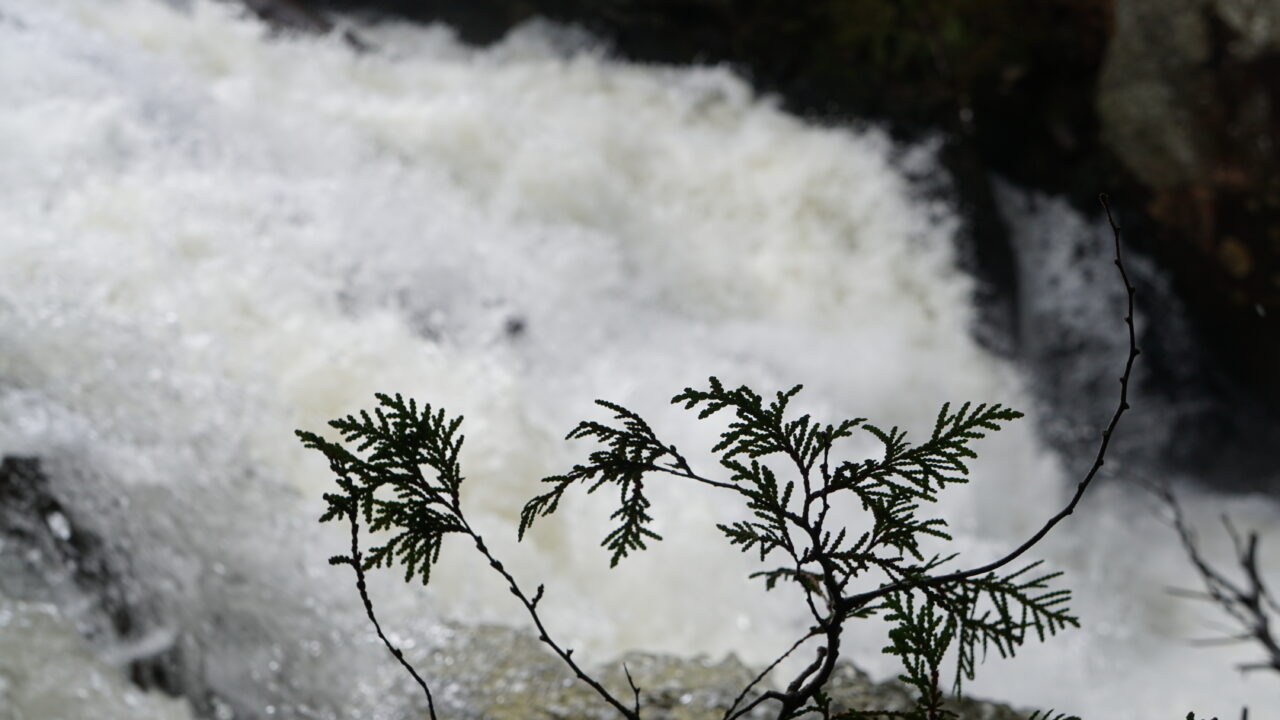
Crab Lake is much bigger than it first appears.
It has five main bays that head off in all directions – which is why the locals call it Star Lake. Each inlet has one or two prime campsites, complete with an exposed chunk of granite to catch a breeze on and a snug canopy of pine, maple and birch to pitch a tent under. There’s also a bonus hike up Blueberry Mountain (Sharpe’s Rock) in the southwest bay as well. The view is stunning and it’s labelled Blueberry Mountain for a reason; the rocky crest is covered in the ripe fruit by mid-summer.
Crab Lake is easily reached by paddling from the Wolf Lake public launch, located off Highway 28, just south of Apsley, and west on Anstruther Road. At the far end of Wolf Lake, an easy 100-metre portage will lead you to Crab Lake.
2. Serpentine Loop–with a twist
This is my all-time favourite loop route in the Kawarthas. It comes complete with a cascading waterfall, perfect island campsites, stout white pine, and incredible fishing. The only issue is the 1500 metre portage required to link Serpentine Lake to North Rathbun. It’s not a bad portage. However, I usually just paddle the route counter-clockwise, paddle and camp in Copper or Serpentine, and then return the same way back. It doesn’t create a loop route but it does avoid the long portage.
The trip starts at the government boat launch approximately 10 kilometres down Anstruther Lake Road, west off of Highway 28, just south of Apsley.
3. Mississauga River–not as difficult as you think
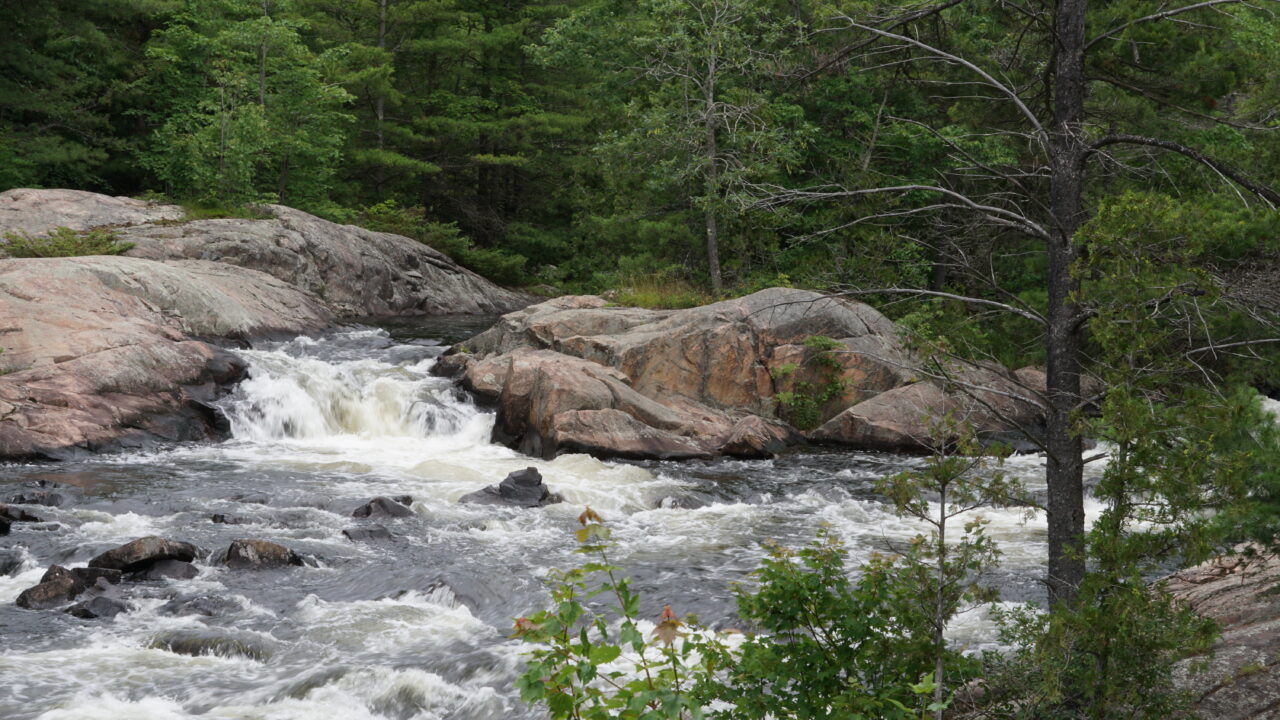
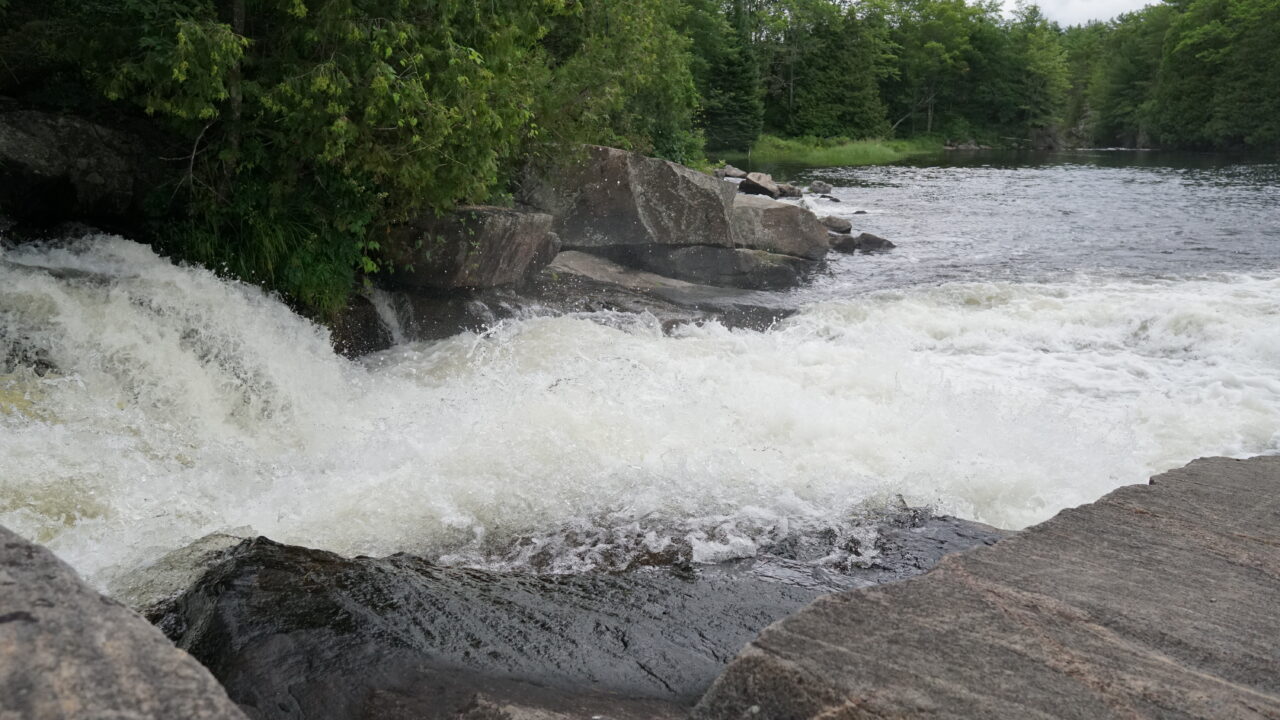
Mississauga River instantly bewitches the first time river-runner.
It runs through the bottom half of Kawartha Highlands Provincial Park. Despite being surrounded by cottage development, the landscape of the Mississauga River is unexpectedly wild. The river winds through the rock barrens of the Kawarthas and is made up of open ridge-tops capped with 100-year-old red oak and sugar maples, which provide habitat for the five-lined skink, Ontario’s only lizard.
The river tumbles over granite and cuts deep into rocky gorges. As it happens, the Mississauga is the one portion of the 35,000-hectare Kawartha Highlands that seems to get the least attention from paddlers. Perhaps this is because of the dozen-or-so portages marked on the route map. Few of them are necessary, however, as most of the fast water is either of the pool-and-drop variety, with short carries, or shallow-swifts that are easily run.
Access is Mississauga Dam, located along Mississauga Dam Road, east off of Highway 507. The takeout is a small parking area to the east side of Highway 507, just north of Buckhorn.
4. Cox Lake–it resembles Algonquin
Cox Lake is like a miniature Algonquin. The forest canopy is mostly made up of giant hemlock and white pine, each campsite is picturesque and comes with perfect swim spots. The lake is also more isolated than most others in the Kawarthas. Or at least it seems more remote…and wild.
The main access used is Long Lake boat launch, leaving only a 133 metre and a 30-metre portage between Loucks and Cox Lake. The only disadvantage is the long paddle along Long Lake. It will take you a couple of hours to reach the portages, and that’s if the wind is down.
To reach the boat launch, drive north of Woodview along highway 28 and make a left onto Long Lake Road. Long Lake Lodge is situated directly beside the put-in. They rent lightweight canoes.
5. Bottle/Sucker Lakes–hope for the beach sites
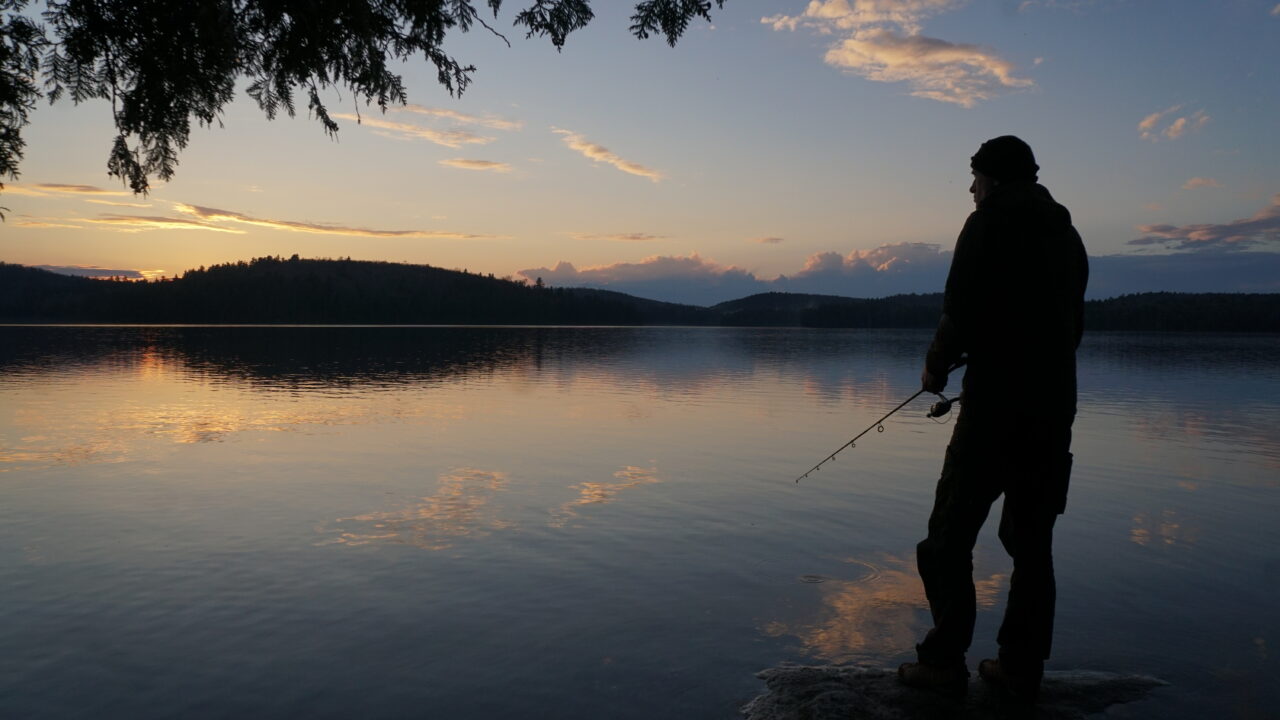
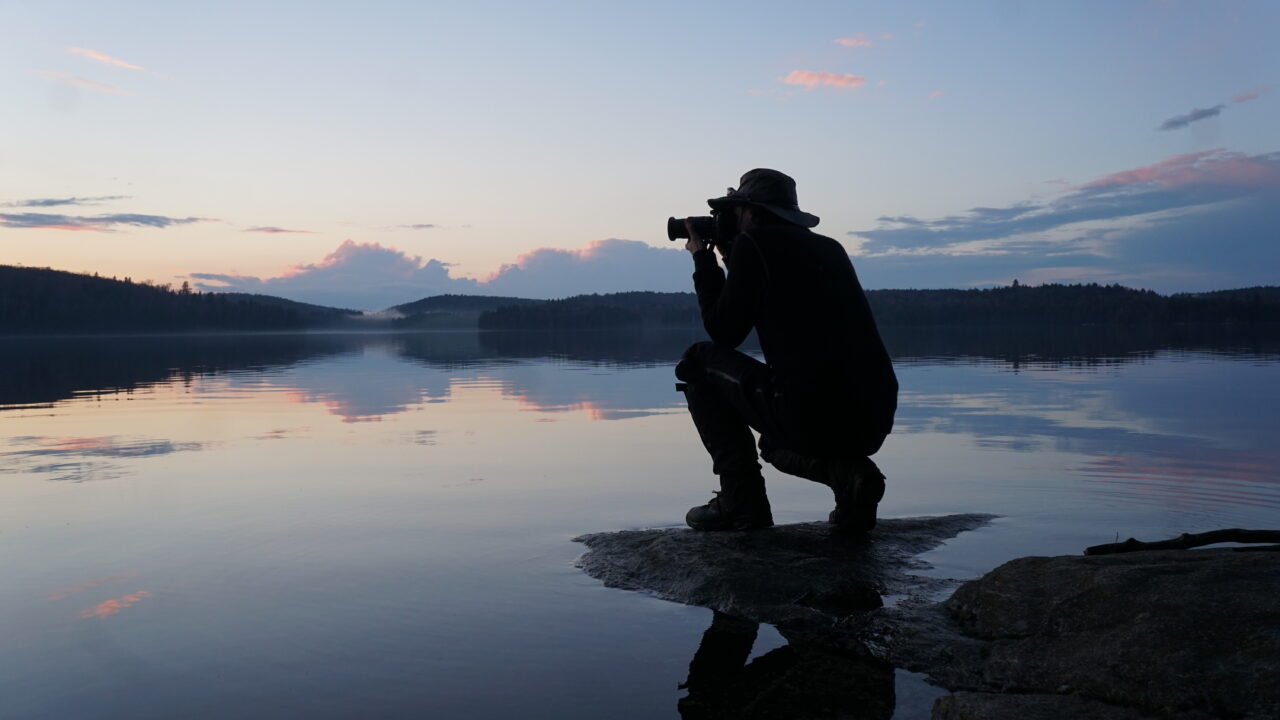
Bottle and Sucker Lakes were the original lakes protected as a provincial park before the entire Kawartha Highlands was created.
Thanks goes to a small pothole that can be found along the west shoreline of Bottle Lake – a glacial gouge deemed significant by government geologists. Rare meadow-beauty and Primrose-leaved violets can also be found on Sucker Lake. Most paddlers still come here, however, for the incredible beach at the northeast end of Bottle Lake, the picture perfect island campsite on Sucker, and the bass that were stocked in both lakes back in the mid-60s.
The access couldn’t be easier. Beaver Lake Road, east off of Highway 507, takes you to the parking area on Bottle Lake. A short 150-meter portage takes you to Bottle, and a 180-meter portage links you with Sucker Lake.
